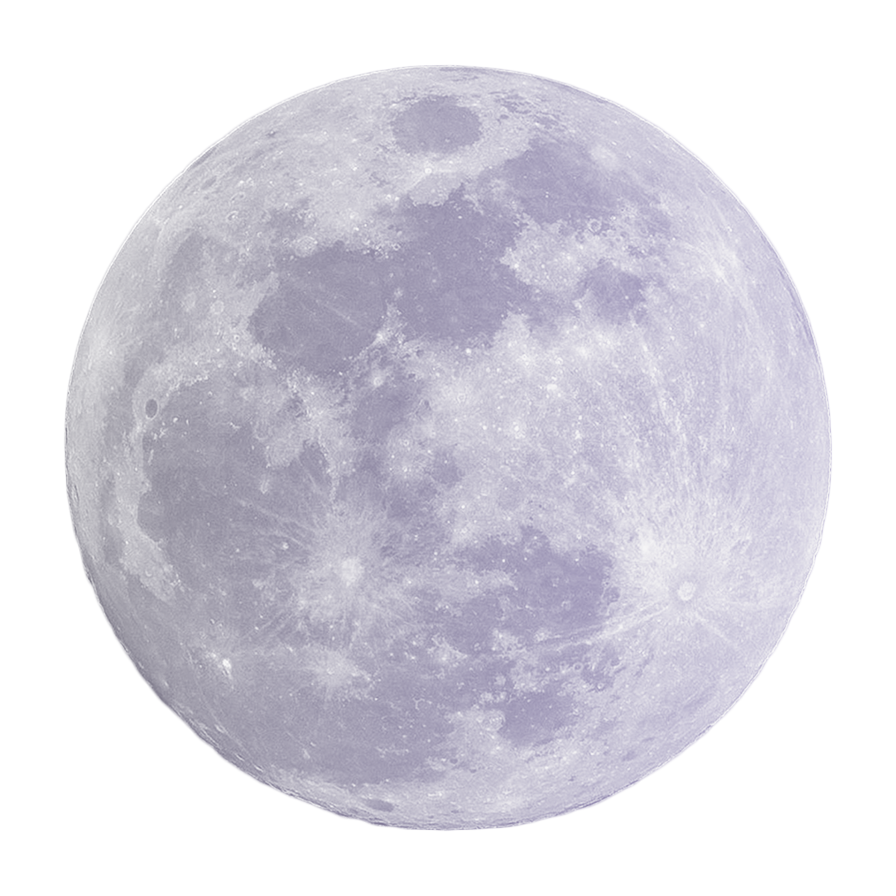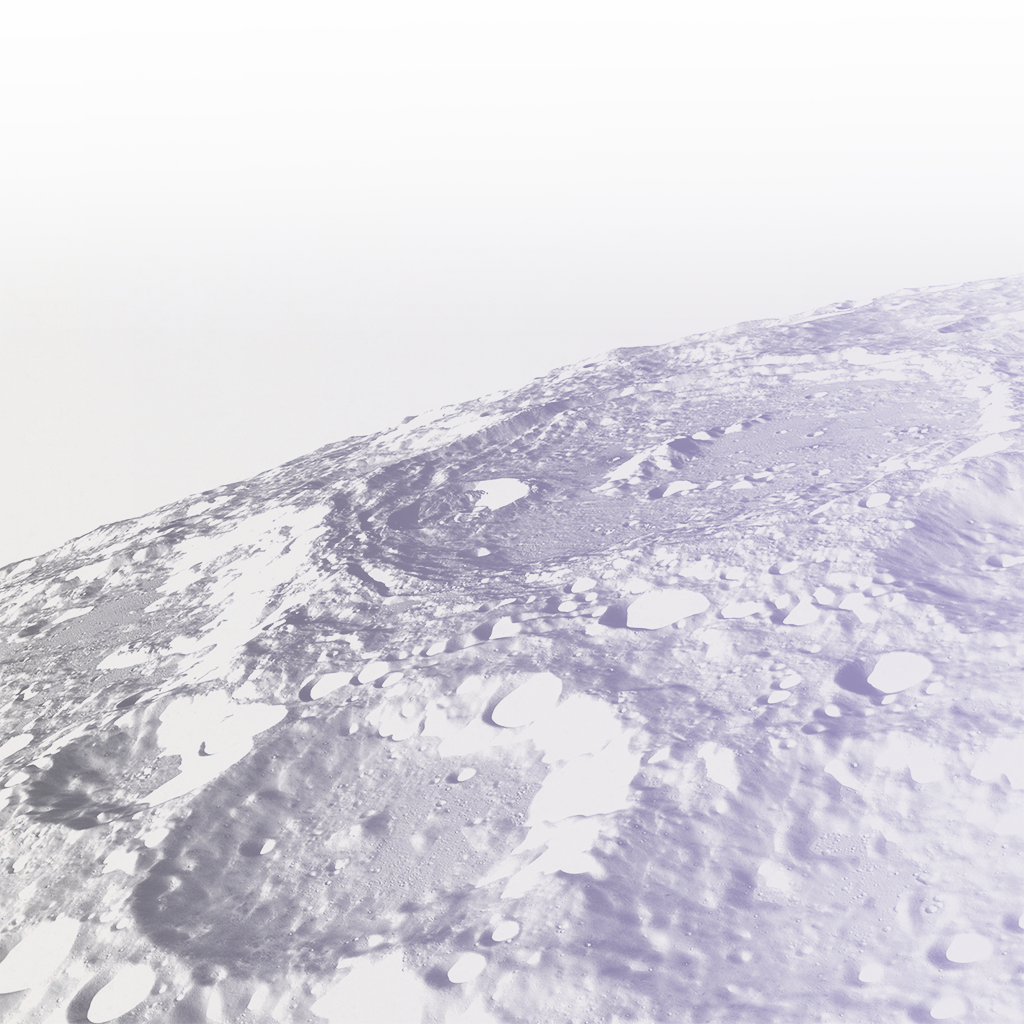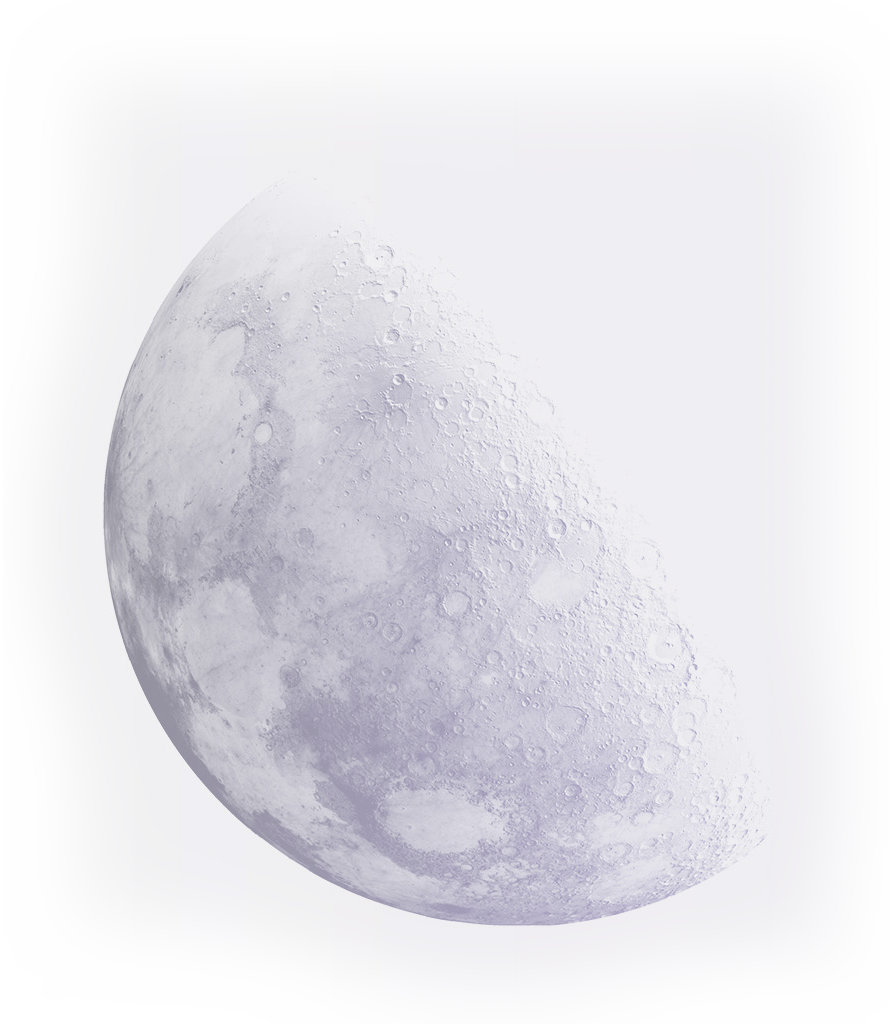
“MOON”
earth's moon
The Moon, the largest and brightest object in our night sky, stabilizes the Earth's axis wobble, which keeps the climate reasonably steady and improves livability. Additionally, it brings about tides, which produce a rhythm that has aided people for countless years.
The Moon is only about one-third the width of Earth, with a radius of 1,080 miles (1,740 kilometers). The Moon would be around the size of a coffee bean if Earth were the size of a nickel.
On average, the Moon is 384,400 kilometers (238,855 miles) away. Accordingly, 30 planets the size of Earth might fit between the Earth and the Moon.
The Moon is steadily shifting away from Earth, moving outward by roughly one inch each year.

The only place mankind has ventured beyond Earth is on the Moon.
The Moon, the largest and brightest object in our night sky, stabilizes the Earth's axial wobble, which results in a generally constant climate. This makes Earth a more livable planet. Additionally, it brings about tides, which produce a rhythm that has aided people for countless years. A body the size of Mars likely collided with Earth and created the moon.
Of the more than 200 moons that orbit planets in our solar system, the Moon on Earth is the sixth largest.
Because no one knew there were any other moons until Galileo Galilei found four moons orbiting Jupiter, Earth's lone natural satellite is simply referred to as "the Moon."
